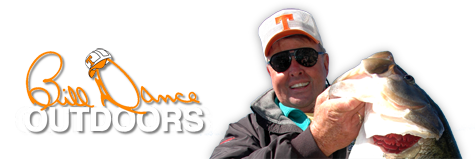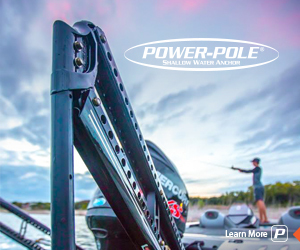Don’t Knock Tying A Good Knot & Other NotionsPosted: January 23rd, 2013 by Bill Dance It has been estimated that 75 percent of all line failures can be attributed to poor knot tying or inappropriate knot selection. For everyday fishing, I recommend the Palomar knot. It’s one of the easiest and quickest knots to tie, and offers extremely high break strength. To tie it, double about 4 inches of line and pass or thread the loop through the hook eye or split ring on your lure. Now, tie an over hand knot in doubled line. Next, pull the loop over your hook or lure. Finally, pull both ends to tighten the tag in your main line. Once snug, cut off excess to tag end. This is a super knot, especially when fishing lines that are under 30-pound test. How’d They Do That? Speaking of knot strength, I had an angler as me one time, how a 2-pound fish could break 8-pound line in an open-water situation, and virtually no cover to tangle in. Of course, this isn’t a new question to the fishing world. Often what causes such lost fish is knot failure (note the 75 percent, mentioned above). There are several factors to consider when talking knot failure. For example, a line that is improperly wrapped or twisted over itself will cut into itself due to compression when pulled tight. Consider this formula. A 20-pound test line improperly wrapped or tied over itself becomes a 10-pound line due to compressive forces. Also, movement within an improperly tied knot will burn and weaken monofilament. To help eliminate knot failure:
The Ever-Improving Angler How can you improve your skills? Well, everybody, no matter how talented or knowledgeable, can continue to learn in the sport of fishing. Each trip should be a learning experience, as a matter of fact. But a good foundation for a becoming a better angler should also include:
‘Til next time, catch one for me!
|
Upload your trophy bass photo (or any other fish) to BillDanceOutdoors.com! Or, post comments about other photos submitted by Bill Dance fans.
Bill Dance is one of the most recognizable names and brands in fishing and outdoor gear. Please browse through our selection of superior products that proudly carry the Bill Dance name.
|





